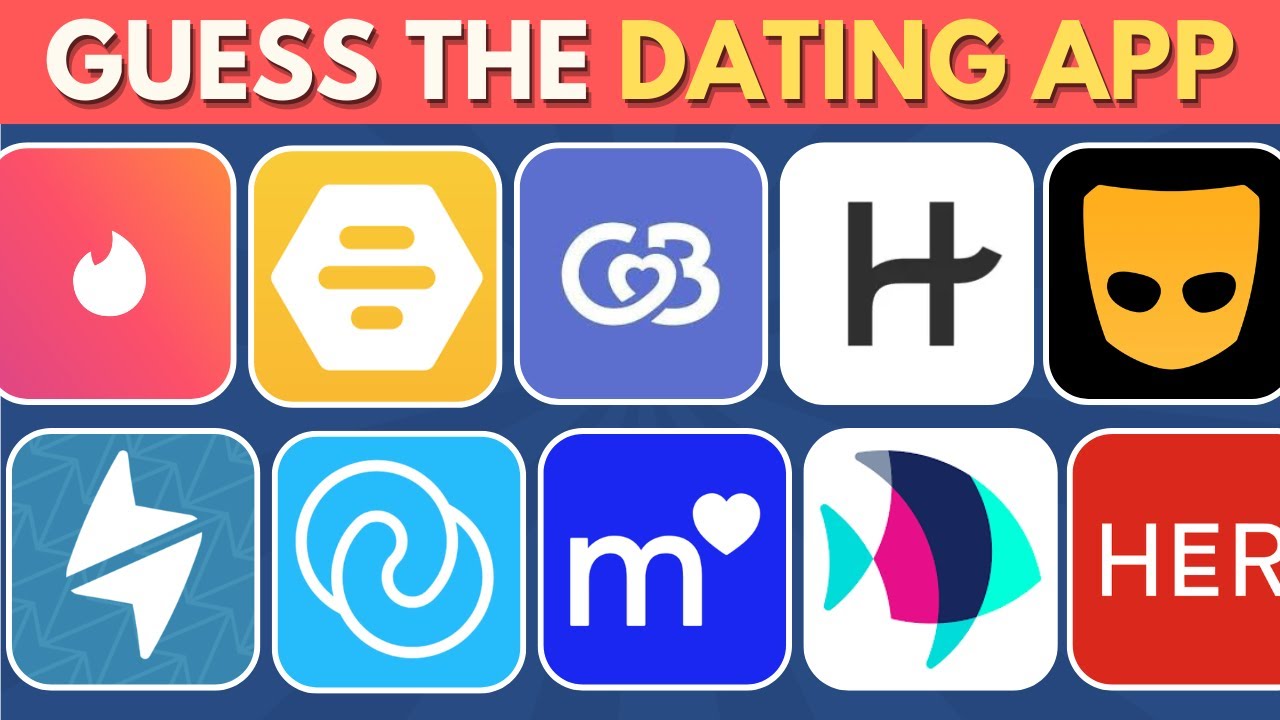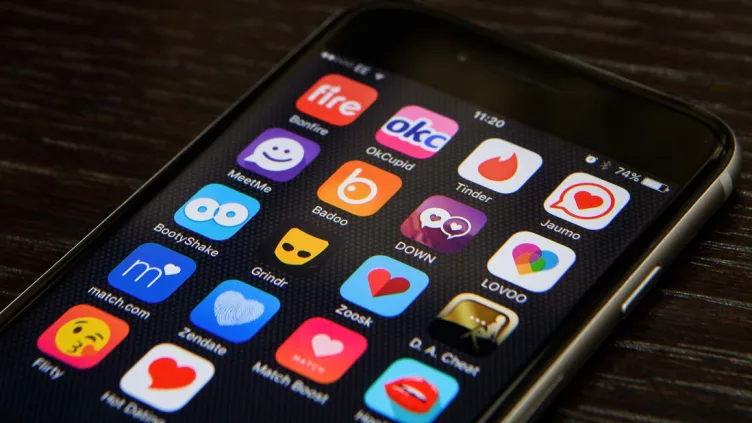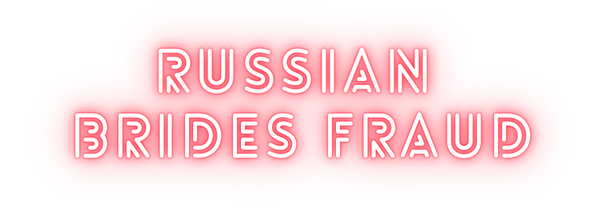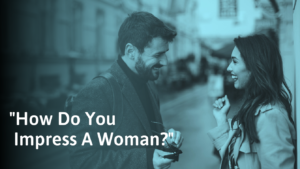
Dating apps have become the norm to find love, companionship, or at least casual meets these days in the connected digital world we live in. From Bumble to Tinder, these platforms have gone viral and catered to diversified crowds. But, beyond the algorithms and user experience lies yet another subtle yet vital factor infusing a user’s experience of such an app: the logos themselves. Dating application logos are the face of a brand and really say a lot about what the application is about, the type of people on the other end, and most importantly, the vibe. Today, let’s take you deeper into how dating application logos communicate, how design choices have an impact on user engagement and why they are critical for success in these platforms.
First impressions matter.
The logo will be seen before the user even downloads the app or plays around with its interface in the world of online dating. Be it the app store, social media advertisements, or word-of-mouth recommendations, a logo is quite often the first point of contact between a user and a dating platform. A very well-designed logo might seem confident, exciting, and on the same wavelength with a user’s dating goals and desires, while a poorly designed logo might not attract or connect with a user emotionally.
It works on the basis of shapes, colors, typography, and icons which tell users something about the brand behind an app. Let’s dive into the different elements that play for some popular dating apps Dating App Logos.
Color: Emotional Hook
Actually, color is a very important aspect in brand recognition and can evoke some feelings before even knowing what the brand does. One of the first things we notice about a logo is its color palette. Indeed, some colors for dating apps are chosen with some specific feelings that might help them better match the mission of their brand.
Red: Because the color red had such a history, it was no great surprise that passions, love, and excitement were often associated with it. Such was one of the reasons why it did not surprise anyone that Tinder, one of the most popular online dating apps, showed one of their logos using fiery red. The process of instant chemistry and intense attraction was tape into with the logo for the app. Red grabs attention while summoning the feelings of urgency and action, perfect for a fast-paced, swipe-based dating environment.
Yellow: Bumble uses yellow boldly and strategically. The color yellow is most often associate with optimism, warmth, and the positive, which seems to align well with the mission-critical approach of compassion and woman empowerment of Bumble. Users are encourage to treat the app as a place for friendly and warm relationships. A beehive icon in the logo helps to bring across the notion of the thriving community that feels very much like those bees in a hive.
Blue is not a color that springs to mind when someone mentions a dating app, but it does symbolize trust, stability, and dependability. Brands of apps like Hinge and OkCupid sport undertones of blue in order to embody their platforms in a more serious and thoughtful approach to dating, saying that they’re not about “hookup” culture but rather as something a little more meaningful between two people for a lot longer.
Typography- An expression of personality
Even colours evoke moods but the font tells a lot about the personality of a dating app. The style of the logo’s font provides some kinds of inkling about the tone and mood of the app and even the types of people it is targeting for attracting users.
Lively and informal: The use of a clear, sans-serif typeface, which is something playful and casual, appeals to a younger crowd as it seeks fun and spontaneous engagements. It feels appropriate for a platform where swiping most often takes place without further notice based on impression.
High class and Sophisticat: Those apps which are looking for a mature audience or serious relationships, a serif can aptly use. For example, Elite Singles has design its logo with a clean, serif font. Many people consider serif fonts to be more true and reliable, which is the reason for their main users demanding meaningful relationships rather than speed.
Feminine and Power Empowering: The Bumble logo doesn’t only use a friendly, round font but also clearly emphasizes curves and softness in its typographic marking. The typeface, paire with the beehive icon, speaks about inclusivity and empowerment of women who are granted more control over the mating process Dating App Logos.

Icons and Imagery: Setting Expectations
From this, I can conclude that icons or symbols play a significant role in the perception of the app’s offering in the usage for the user; for example, many apps make use of icons that help to define particular features of the app or the experience for the user.
Tinder Flame: The flame logo icon of Tinder is a great metaphor for a romantic affair kindling or blazing passion. It is visually simple and quickly recognizable and helps keep the app’s purpose focused on speed and excitement in interactions. The flame supports the idea of having a “hot” connection, which is excellent for a visually swipe-base and first-impression-driven platform.
Hinge’s Door: Several times in the past, Hinge has rebranded itself, but its last logo features an image of a door, which demonstrates the fact that the app is to delete. Hinge markets itself as “a dating app designed for deletion” because it tends to focus more on the development of actual relationships, forcing users to leave the world of dating behind. Then, the image of a door, which represents opening possibilities and, ultimately, leaving the app, as opposed to competition based on endless swipes and brief engagement.
The use of bee and honeycomb imagery in Bumblebee extends further than the name itself. The icon further fortifies the theme of the app: to build community. Natural, honeycombed structures are a symbol for cooperation and hard work, all elements of the brand values Bumble builds upon-to inspire kindness and connections, to empower the consumer, and to create a safe environment within which people may come together to date.
Target audience and brand messaging
Logos not only say what an application dating looks like but who the application is for. Very specific audiences are attract to specific designs, and developers know this very well.
For casual daters: Applications indicating more casual usage – such as Tinder, with a red flame icon front and center, suggest they are for a more casual, speed-dating type of experience. Their logo is bright and young, more inviting to a younger crowd eager to have fun and experiences without much commitment Dating App Logos.
More serious relationships: These apps, especially those such as Match.com or eHarmony and their blue, trustworthy-looking logos, appeal toward the more mature, serious user. Their logos are built to stable and trustworthy in order to present a professional and legitimate site for possibly committ individuals looking to find a long-term mate.
Female-centric platforms: Bright yellow color with bee imagery presents a direct appeal to women seeking more control over the dating experience. Warm, inviting, soft, sometimes not as masculine as some other apps more traditionally male dominated. Also, gives voice to the truth that women initiate here; therefore, this is a feminine, empowering platform.
Simplicity is the word in the busy marketplace of dating apps. Logos must, therefore, be recognizable and memorable in scale across each given platform, from mobile apps to social media profiles. Then there’s the tinder flame, a Bumble bee, and the door of Hinge in logos that tell a brand’s message minus the complication. This has made it easy for consumers to associate the logo with experience they wish for, thus leading to brand loyalty and retention.
Read More: The Art of Matching Profile Pictures: Strengthening Connections in the Digital Age- Click Here
The outcome
Dating app logos don’t do much more than merely identify the service, but they actually define what kind of dating experience a user might anticipate. Through planning use of color, typography and icons, dating app logos build first impressions that either welcome or dis invite potential users with their fiery passion as marked by Tinder, empowering the community just like Bumble, or thoughtful connections just like Hinge.



